Rising Environmental Concerns
The Electric Three Wheeler Market is experiencing a surge in demand due to increasing environmental concerns. As urban areas grapple with pollution and climate change, consumers and governments alike are seeking sustainable transportation solutions. Electric three-wheelers, which produce zero tailpipe emissions, are viewed as a viable alternative to traditional fossil fuel-powered vehicles. This shift is supported by various studies indicating that electric vehicles can significantly reduce urban air pollution. Furthermore, the Electric 3-Wheeler Market is projected to grow as more cities implement stringent emission regulations, thereby incentivizing the adoption of electric vehicles. The growing awareness of climate change impacts is likely to drive consumers towards eco-friendly transportation options, further propelling the market forward.
Economic Viability and Cost Savings
The Electric Three-Wheeler Market is increasingly recognized for its economic viability and potential cost savings. Electric three-wheelers typically have lower operating costs compared to their gasoline counterparts, primarily due to reduced fuel expenses and lower maintenance requirements. Data indicates that electric vehicles can save owners up to 60% on fuel costs over their lifetime. Additionally, many regions offer financial incentives, such as tax rebates and subsidies, to encourage the transition to electric vehicles. This economic advantage is likely to attract more consumers to the Electric 3-Wheeler Industry, as the total cost of ownership becomes more favorable. As awareness of these financial benefits spreads, the market is expected to expand further.
Advancements in Charging Infrastructure
The Electric Three Wheeler Market is benefiting from rapid advancements in charging infrastructure. The establishment of widespread and efficient charging networks is crucial for the adoption of electric vehicles. Recent data suggests that the number of public charging stations has increased significantly, making it more convenient for users to charge their electric three-wheelers. This development not only alleviates range anxiety among potential buyers but also enhances the overall user experience. As charging technology continues to evolve, with faster charging times and increased accessibility, the Electric 3-Wheeler Market is likely to see a corresponding rise in consumer confidence and market penetration. The expansion of charging infrastructure is thus a pivotal driver for the growth of electric three-wheelers.
Urbanization and Increased Mobility Needs
The Electric Three Wheeler Market is poised for growth due to rapid urbanization and the increasing need for efficient mobility solutions. As urban populations swell, the demand for affordable and efficient transportation options rises. Electric three-wheelers offer a practical solution for navigating congested city streets, providing a balance between cost-effectiveness and environmental sustainability. Recent statistics show that urban areas are adopting electric three-wheelers as a means to reduce traffic congestion and improve air quality. This trend is likely to continue, as city planners and policymakers recognize the benefits of integrating electric three-wheelers into public transportation systems. The growing urban mobility needs are thus a significant driver for the electric 3 wheeler market.
Technological Innovations in Electric Vehicles
The Electric Three Wheeler Market is significantly influenced by ongoing technological innovations in electric vehicles. Advances in battery technology, such as increased energy density and reduced charging times, are enhancing the performance and appeal of electric three-wheelers. Recent developments indicate that new battery systems can extend the range of electric vehicles, making them more competitive with traditional vehicles. Furthermore, innovations in vehicle design and smart technology integration are improving user experience and safety. As these technologies continue to evolve, they are likely to attract a broader consumer base to the electric 3 wheeler market. The continuous push for innovation is thus a critical driver for market growth.
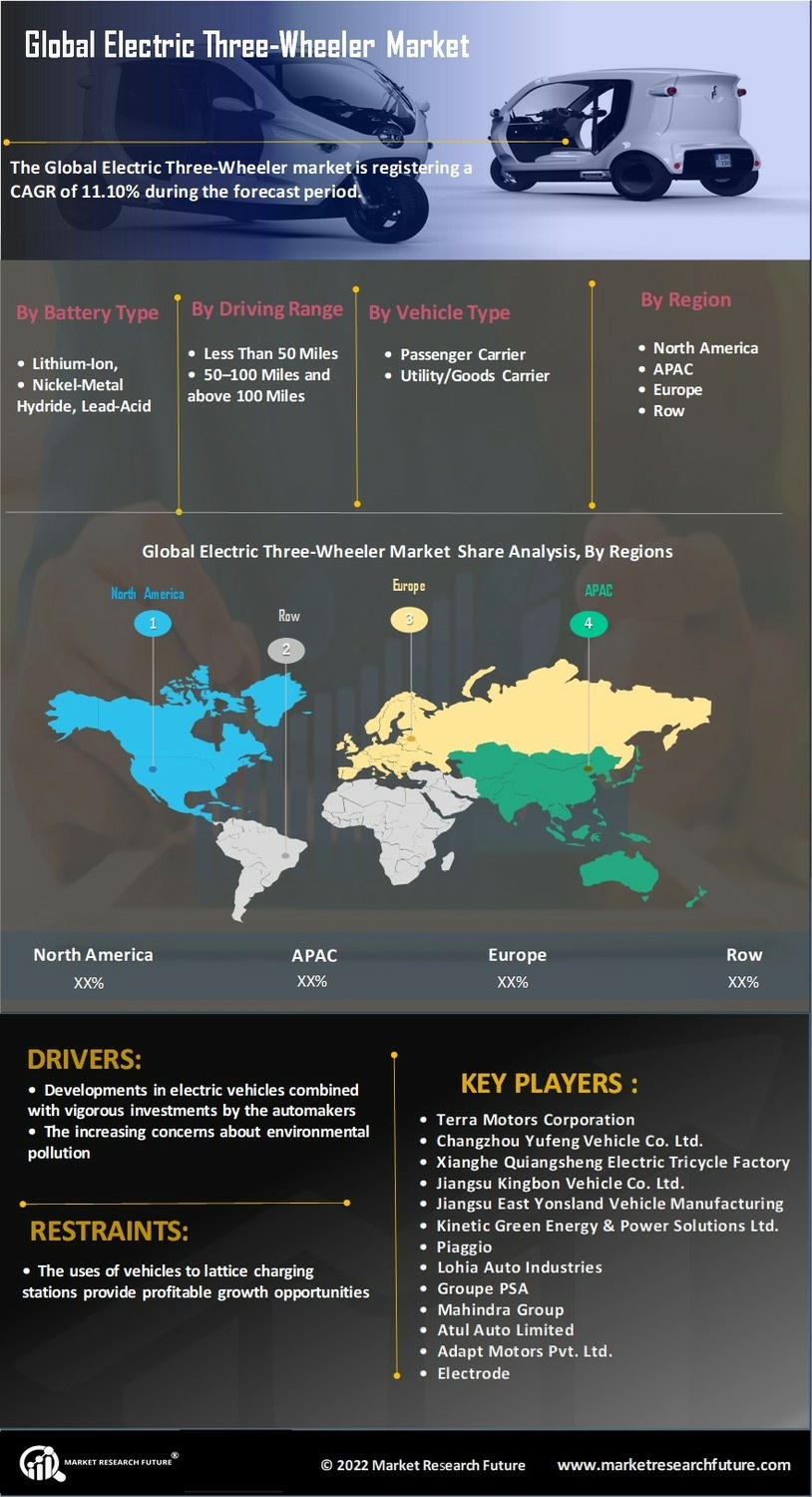

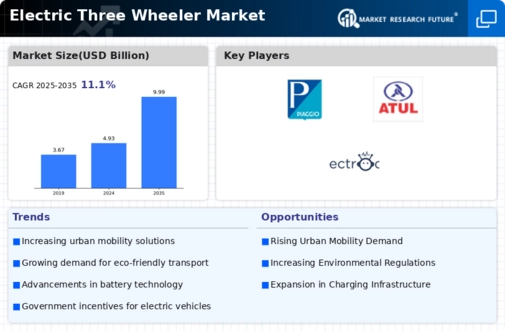
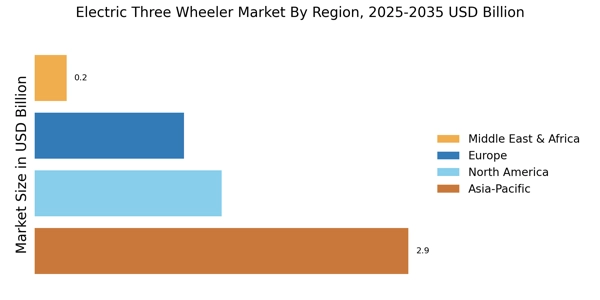

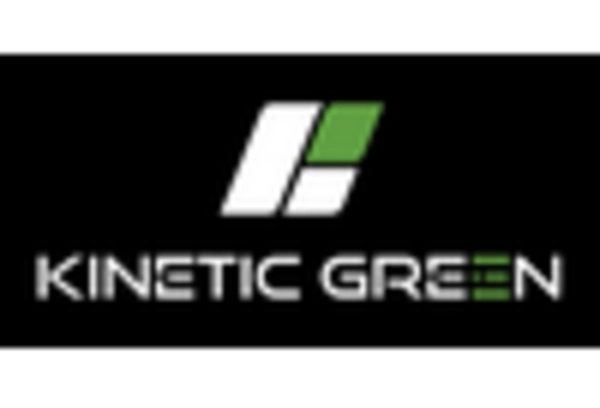
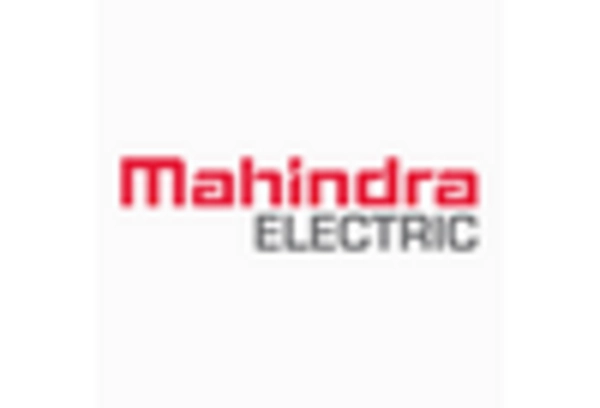
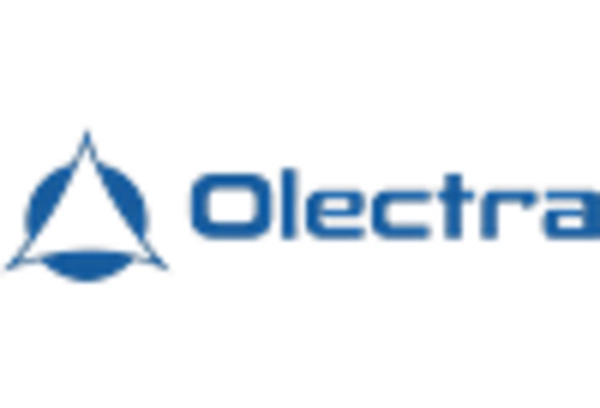
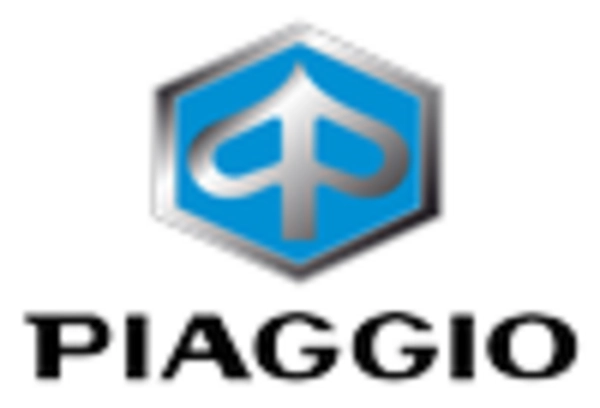
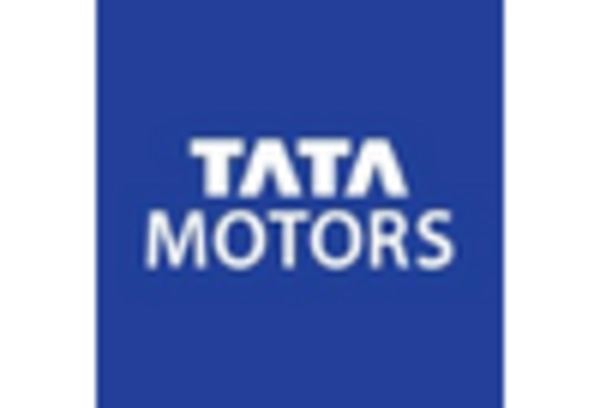








Leave a Comment